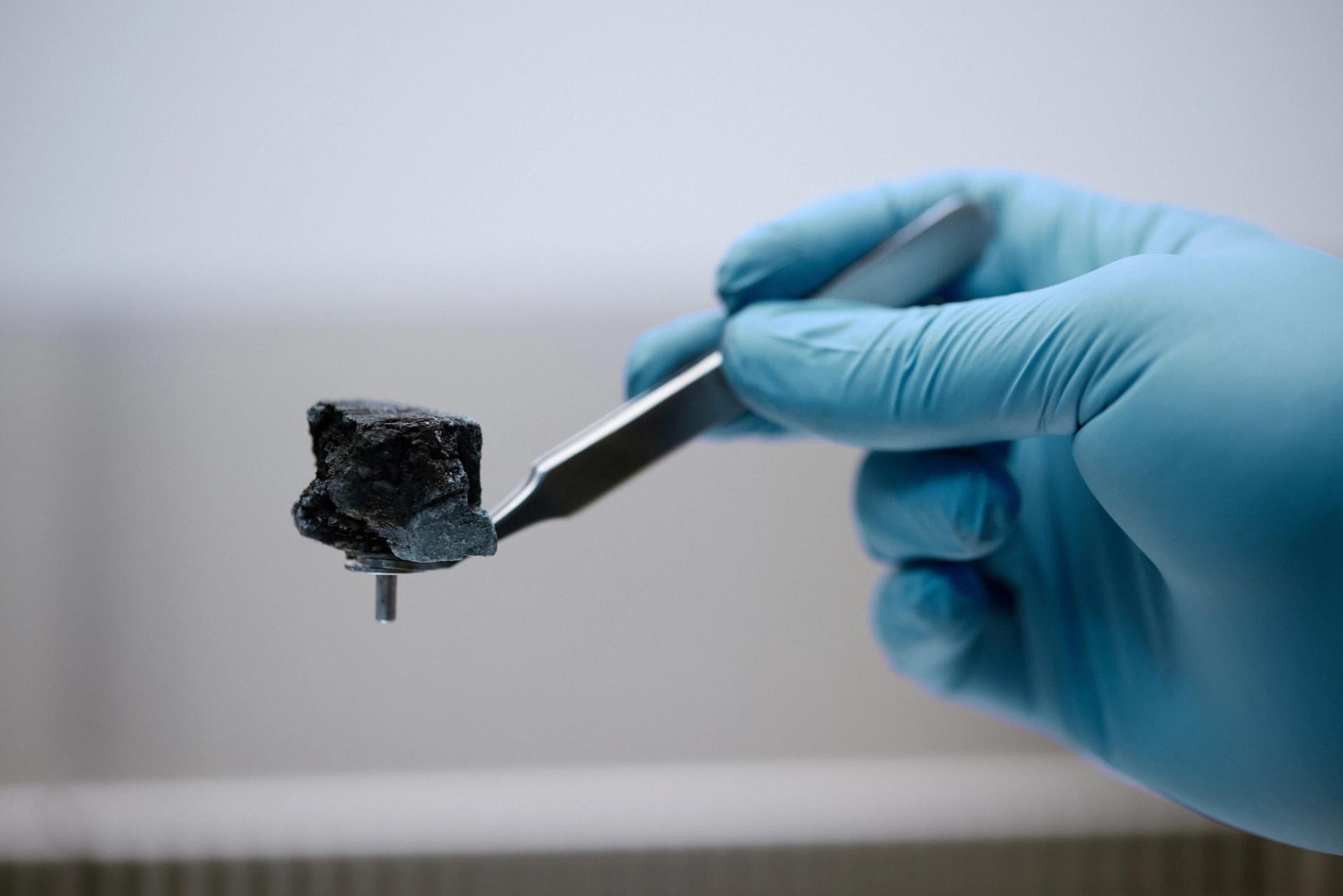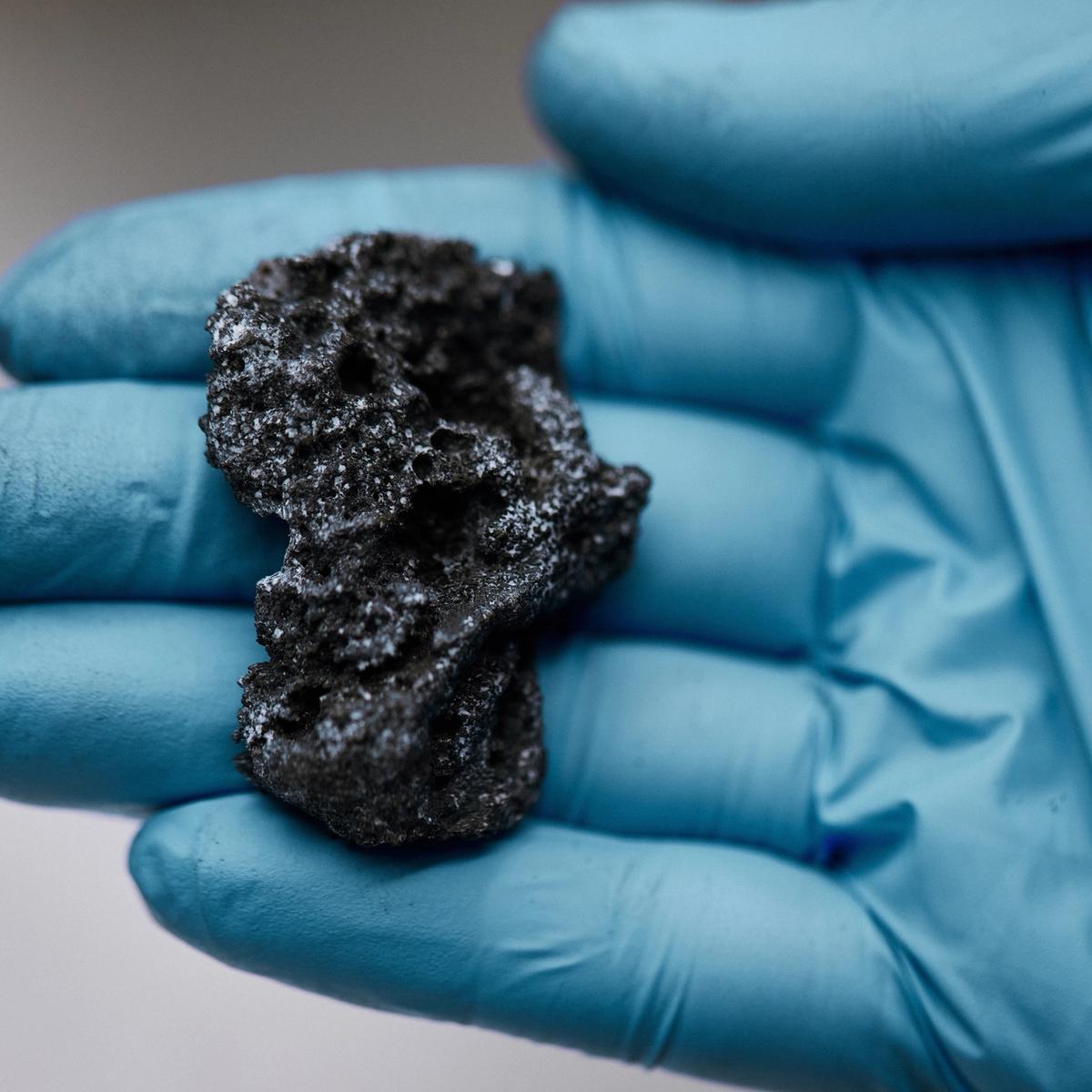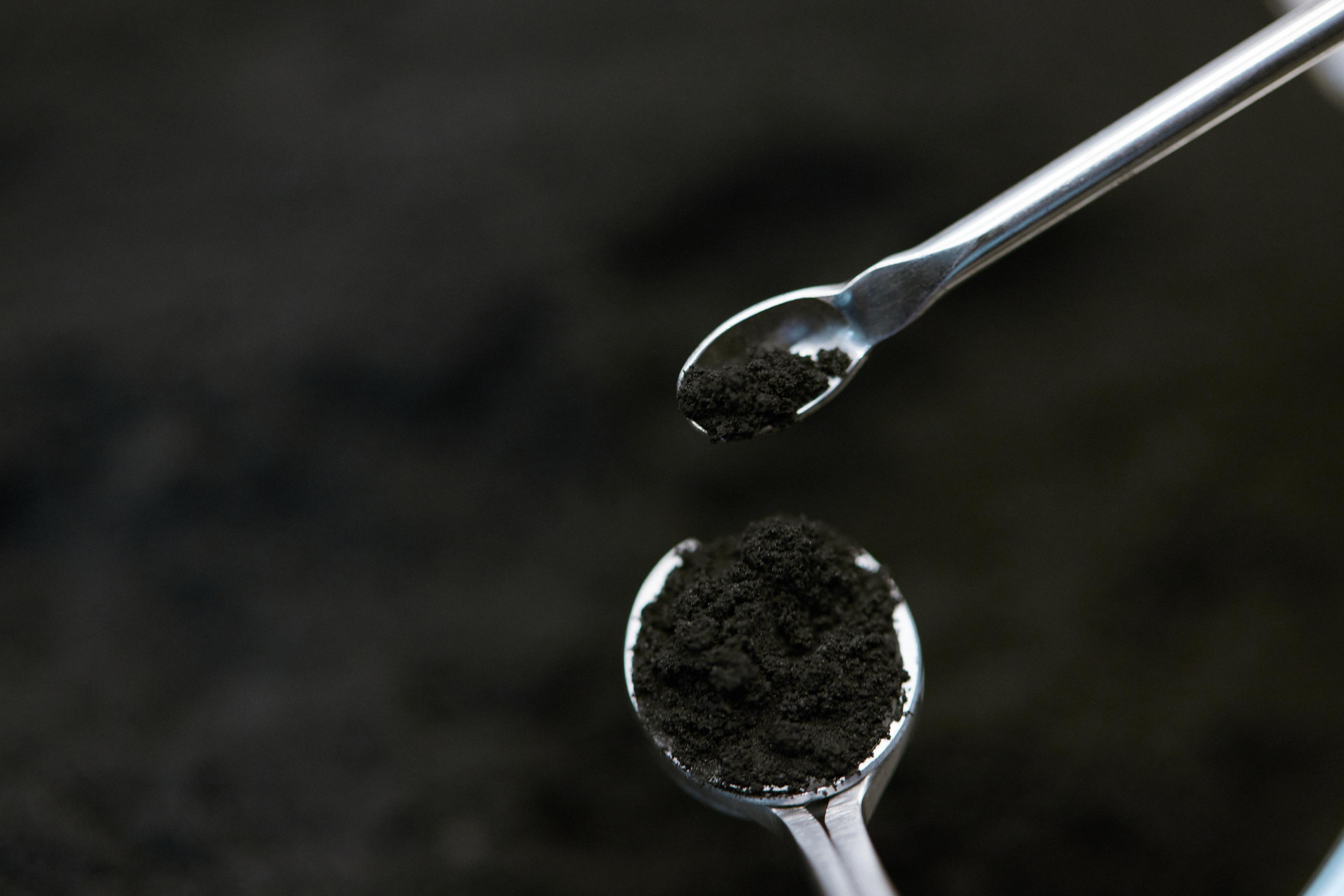Turning something badinto something good
While carbon plays a foundational role,
its connection with carbon dioxide, largely from burning fossil fuels, has negatively affected its reputation. Nevertheless, advancements in technology and initiatives focusing on renewable energy, improved energy efficiency, carbon capture and utilization technologies, and sustainable practices offer hope in overcoming these challenges.
Looking ahead,
there's a noticeable shift in perception regarding CO₂. It can be hard to grasp that the CO₂ in the air we breathe contains carbon, which essentially has the potential to become almost anything. Thanks to clean carbon technology, it’s transitioning from a problematic greenhouse gas to a sturdy, valuable carbon resource with a significant negative CO₂ footprint.
While carbon plays a foundational role,
its connection with carbon dioxide, largely from burning fossil fuels, has negatively affected its reputation. Nevertheless, advancements in technology and initiatives focusing on renewable energy, improved energy efficiency, carbon capture and utilization technologies, and sustainable practices offer hope in overcoming these challenges.

Looking ahead,
there's a noticeable shift in perception regarding CO₂. It can be hard to grasp that the CO₂ in the air we breathe contains carbon, which essentially has the potential to become almost anything. Thanks to clean carbon technology, it’s transitioning from a problematic greenhouse gas to a sturdy, valuable carbon resource with a significant negative CO₂ footprint.





